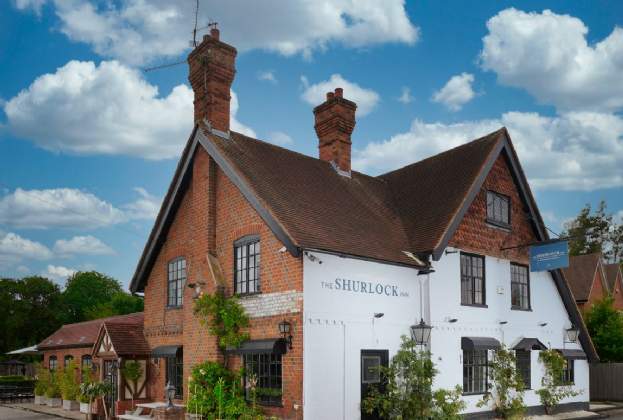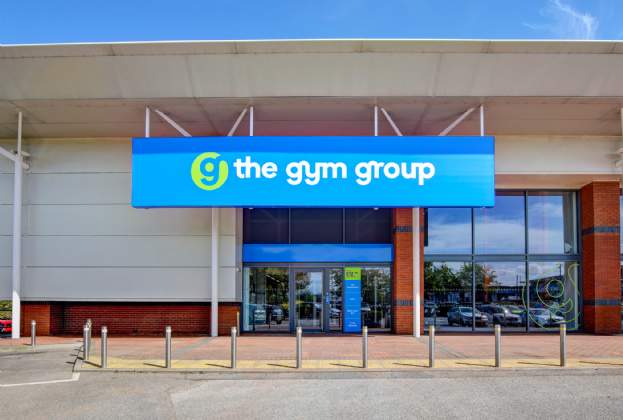In a response to the widespread lockdown, Google has published a map of over 2,000 attractions that you can explore from home, from the Eiffel Tower in Paris and the Guggenheim in New York to the Museo Nacional de Antropología, México and the National Museum in Tokyo.
Cultural attractions have realised that while virtual visitors cannot get the full immersive experience from a real world visit, they can still continue to drive interest in their product. Closer to home, Chester Zoo, for example, is providing daily ‘live feed’ sessions and a large number of educational resources in a bid to tap into the world of home schooling.
But can you make money from this and should commercial leisure operators be making more effort to engage with customers during this time?
While most leisure operators have temporarily shut their doors, some savvy brands have not entirely closed their businesses. Curzon already had its Home Cinema service which is helping to maintain a level of engagement with customers at a time when there’s already pressure from online TV and subscription services, and the health and fitness market has proven particularly versatile with most operators continuing to offer personal training and virtual classes.
Most casino operators already have a complimentary online offer, but how do bowling, family entertainment centres, trampoline parks and competitive socialising operators build online engagement? Roxy Ballroom hosts a game (Isolation Pong) on its website and several breakout room concepts have created online puzzles to maintain customer connection. Brewdog has created an online bar with live quizzes and activities and tapas chain Iberica is offering online guided tasting events.
Leisure through lockdown is not going to make many operators rich but perhaps making money from it is not the biggest priority. It’s all about brand building and staying relevant, connected and in the public consciousness so that they can ensure they are high on the priority of places to visit when it’s feasible to do so.
Look at how restaurants and pubs are turning their hand to providing take-away, or transforming into a local shop, or how many microbreweries are offering home delivery due to pubs being closed. This maintains an income stream, but perhaps more importantly drives community loyalty that will be remembered once the pandemic passes.
Of course, this is far from straightforward and some sectors translate to an alternative offer more easily than others. Customer engagement costs money and there’s a significant cash flow problem in the sector, so how do they fund it? Should landlords be contributing from their own marketing budgets given the risk of failure and increased voids? And how do landlords prioritise which operators to help?
It seems likely that the leisure market will have some of the most stringent restrictions placed on it and may be one of the last sectors to return to normal. Even when venues do reopen there may be a difference in what consumers are allowed to do and what they are willing to do.
If customers do think twice about returning to leisure it will be surely to those that they feel most connected with and how brands maintain this connection now may ultimately be key to their long-term survival.
Further information
.jpg)



.jpg)


.jpg)


.jpg)